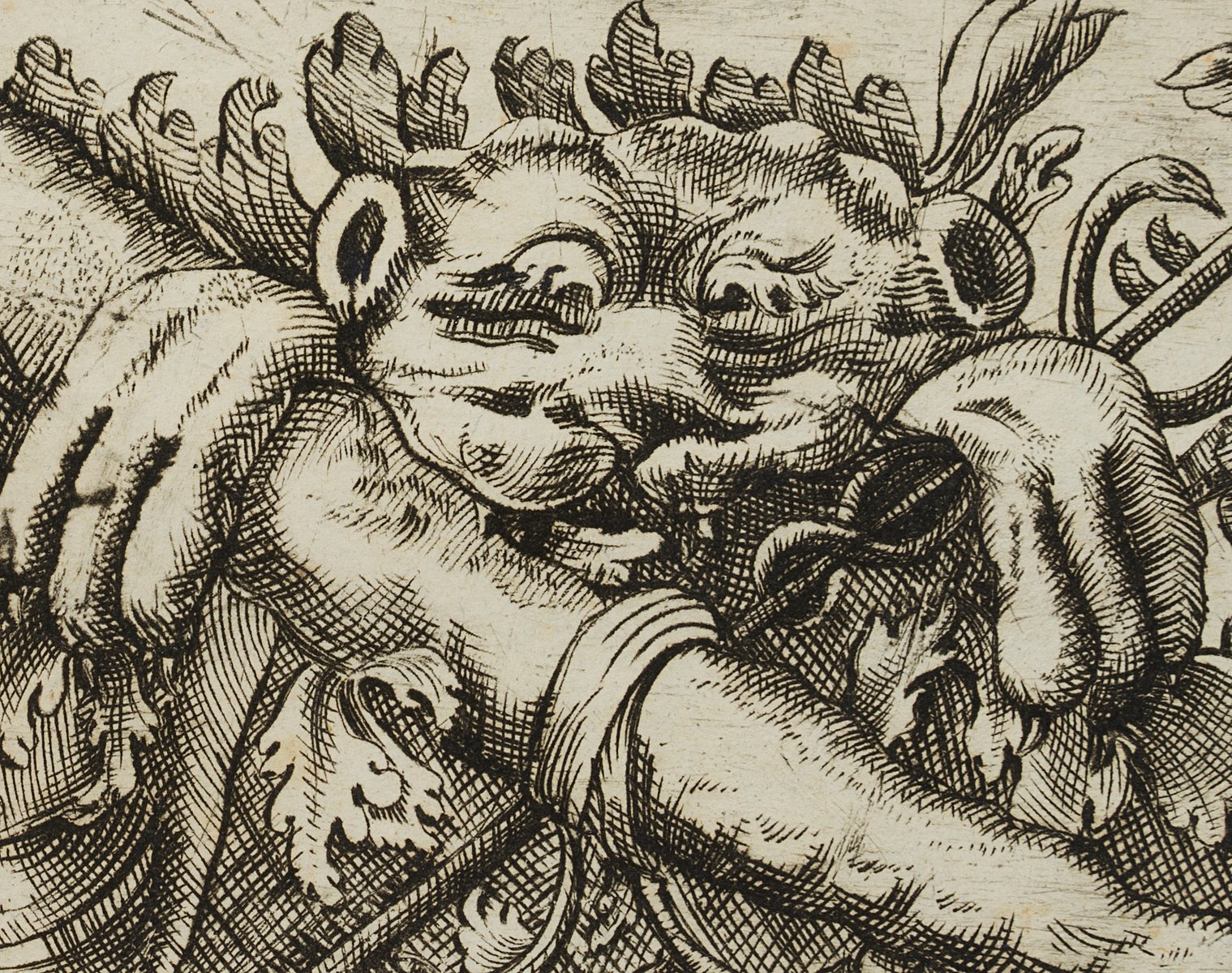Table Of Content

Whether it’s a headline, an image, or a call to action, strategic use of space can emphasize what matters most in your design. Strive for a harmonious equilibrium between occupied and empty spaces in your designs. Avoid overwhelming your composition with an excessive number of elements. An unbalanced design can be visually chaotic and confusing to the viewer. Use negative space intentionally to create a sense of order and balance.
Design Principles – Laws with Leeway
Positive space includes the main objects of interest in a design, while negative space refers to the empty space in a design. I have summed up some of these principles that are widely used by many professionals in the visual design industry. How our brains perceive shapes and colours has been explained through these principles. Take the design elements quiz to learn more about the usage of lines, dots, and planes in composition.
Symmetry vs. Asymmetry - Recalling basic design principles
In the first lesson, you’ll learn the difference between visual design elements and visual design principles. You’ll also learn how to effectively use visual design elements and principles by deconstructing several well-known designs. The elements of visual design — line, shape, negative/white space, volume, value, colour and texture — describe the building blocks of a product’s aesthetics.
The essence of space in design
I started to explore more about space as I began to practise through an exercise of creating small frames and drawing various shapes into them trying to identify recognise patterns. In design, texture can be used to create visual interest, add depth, and make designs more realistic and alive. Overall, the purpose of white space in design is to help create a sense of order and clarity. It also draws attention to the most critical aspects of a design. Simple at first sight, lines play a vital role in establishing design composition and hierarchy. We use dividers — horizontal or vertical straight lines — to separate different content groups.
Visual Design Principles
Even though there is nothing there, we can make up where his legs and body are based on the elements around him. This image is a great example of form because we can still see that it's made up of shapes; only some have shadows and texture, which gives them form. Knowing these concepts will give you an edge, whether you're a graphic designer, an aspiring artist, or a creative enthusiast. The use of white space is most likely the last thing on your mind, especially when you’re working on a document that needs to do a lot in a very small amount of space, like a resume. You may be tempted to greatly reduce the margins, or to cram information in without giving the reader a break to process. The use of space as a design essential element affects not only the aesthetics of the document, but also the effectiveness of the information that you’re trying to convey.
Proximity: grouping related elements together
This technique forms subtle shadows around a design element and can be used to create negative space that helps each element stand out from the others. Drop-shading is commonly used in web design, product design, and app design. Play around with size, color, layering, shading, and other design techniques to create emphasis in your designs. Like active space, passive space can create structure, balance the composition, provide visual stability, and guide the eye — but in a more nuanced way. For the crew of the Starship Enterprise, space was the final frontier. For designers, it’s one of the most basic elements of design and a fundamental principle that all successful designers must master.
Instead of opting for patterned tiles, consider using black and white tiles to craft an intriguing pattern on the backsplash of this all-white kitchen. This choice breaks the monotony of the white kitchen, and the black countertop complements the backsplash tiles. Also, hanging pendant lights from an all-white ceiling can enhance the aesthetic appeal. The varied jewel tones of green in the backsplash form an intriguing pattern, beautifully contrasting with the dark charcoal grey cabinets, elevating the kitchen’s appearance. They introduce richness and a touch of biophilia, as the green pattern tiles mimic the appearance of leaves within this compact kitchen unit. There is also a glass panel on the center console covering a flexible storage space, a detail that Jenkins is especially proud of.”It’s our own little space study,” he said.

Straight lines can convey stability and order, while curved lines evoke grace and flow. By utilizing lines effectively, designers can lead the audience's attention to specific elements and create a dynamic visual experience. Creating a shape for your design piece demands attention and knowledge since they express a mood or convey a message based on their form, color, texture, and other attributes. For example, sharper shapes like squares are more masculine, while triangles direct the attention of the viewer to a specific point. And, abstract shapes are considered the basic shapes that provide building blocks for any kind of design composition. Form refers to the positive element over the space of your work.
Industrial Interior Design: Everything You Need to Know About This Raw and Commanding Style - Architectural Digest
Industrial Interior Design: Everything You Need to Know About This Raw and Commanding Style.
Posted: Mon, 17 Apr 2023 07:00:00 GMT [source]
Learn how to build a business online
Illusory space can also be created through the placement of different objects that appear to recede into a distance that is not really there. Space is one of the most important visual elements in graphic design, and it plays a crucial role in creating visual hierarchy, balance, and interest in a design. It helps guide the viewer’s eye through a design, create a sense of depth, and establish a visual hierarchy. To avoid trapped white space, look for ways to separate the design elements so that the white space can ‘flow’ and use shapes and forms that allow for fluid negative space. At a basic level, ‘space’ refers to the areas around, between, and within design elements. The effective use of space in graphic design can help create visual balance, hierarchy, and interest, as well as improve readability, usability, and even accessibility.
This picture of an evening-lit city street encapsulates rhythm perfectly. The digital design feels lively, as though dancing or vibing to its virtual music. Texture refers to the physical or visual surface of the design or artwork.
Space takes its major role in other field of design as well like Architecture. Architects have their in-depth analysis of spaces which is widely called Space Planning. Its a in-depth analysis of how floor space is used without wasting space. But in context of digital spaces we just focus on how we do our layouts right.


No comments:
Post a Comment